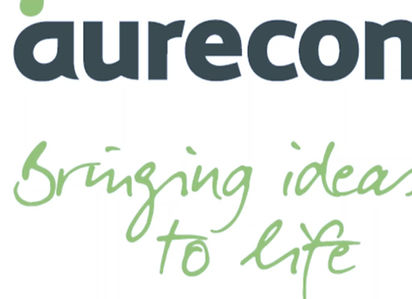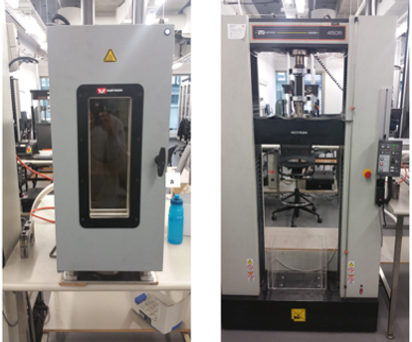
Rock Mechanics
way to
Geomechanics
3D Tools Improved Project Management
This is a very basic outcome of draping surface maps over the topography which can be utilised in association with a better demonstration of the ground features across the project, where just simply created for Glass Mt in Brisbane.

Challenges for 3D Rock Mapping
Rapidly growing digital_technologies in all engineering disciplines have led to increased competitive environments in the marketing/trading conditions on the current geoscience-related industries, such as geotechnical, civil, mining and underground tunnelling. Digital approaches, as well as machined-learned algorithms, are the focal steps in shaping civil engineering, influence on the cost and project certainty that seeks to generate a significant value for money. Finally, here is an example of the cloud-based 3D mapped model of a rock slope in associating with the driven dips and dip directions information for further kinematic assessments.

Positive or negative effect of tree's root on slope instability!
General belief implies that the tree's root can protect the slope against instability issues. However, structural analyses of root channels show that roots can easily create discontinuities in the soil matrix, especially when encountered in clayey silty soils. As I captured exposed roots of dead trees in the picture, slope drainage was promoted by functioning preferential flow paths in a small-scale slope. As it can be seen from this picture, when open-end channels of roots abruptly terminate at slope edge, flow paths may result in negative consequences on slope stability. Preferential low pathways of single or interconnected macropores (empty root channels) in silty-texture will cause more instability within a slope. Please share your experiences regarding the protection methods for any similar cases.

3D Rock Mapping
Rock mapping by capturing flatted images/pixels and projected into X, Y and Z coordinates can produce 3D features as a triangular meshed topography. This method of 3D mapping can provide detailed information on a ground-based digital model to assess structural features in the rock mass. In order to make an appropriate geothermic model each information captured by measuring the top and bottom level of each point. Therefore, different soil and rock features can be considered as an exact representation of meshed surfaces of rock mass for further analyses.

Effect of Temperature
One of the challenging factor for underground design, specifically for embedded thermal structures in waste management projects is considering the influence of the temperature on rock mass behaviour. The experimental and numerical analysis can be used in the design of deep underground engineering or disaster prevention and mitigation engineering, which our fracture tests under the ambient conditions can be used for this purposes. In the aspect of fracture toughness of CCNBD and SCB of methods under various temperature revealed that under CCNBD testing the fracture toughness of Brisbane tuff increased as temperature decreased (1.01 MPa √m, 1.06 MPa √m and 1.36 MPa √m at 25°C, -25°C and -75°C respectively) as well as that of monzonite (1.54 MPa √m, 1.62 MPa √m and 1.87 MPa √m at 25°C, -25°C and -75°C respectively).

Microfracturing in Rock Mechanics
Rock damage and fracturing is an important subject for various engineering fields such as tunnelling, rock cutting, drill and blast, mineral processing and ore milling etc. On the other hand, understanding of rock damage under mechanical loading plays the crucial role in finding the most efficient and economical rock cutting method. There is no doubt that the mechanical cutters offer safer work-face environments than the drill and blast methods allowing increased automation, safety and productivity. Therefore, designing efficient mechanical cutters is the most significant challenge for the mining industry.

Top Technologies in Mine/Geotech
-
Rapid Development
-
Hard-Rock Cutting
-
Directional Well Displacement
-
Tunnel Boring Machines
-
Leser Cutting
-
UAVs and Drones
-
3D Printing
-
Minerals Indicators
-
Acid Digesting for Assaying
-
Microwave and Thermal Fracturing
